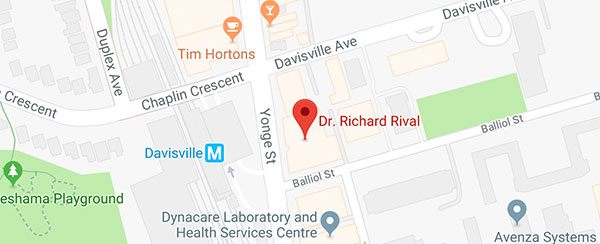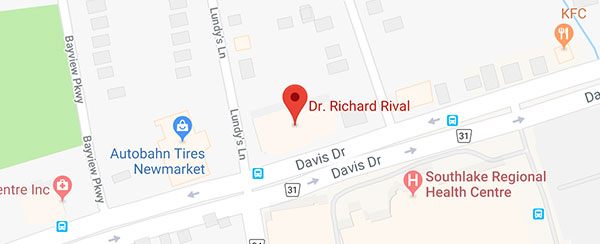Toronto Office
Dr. Richard Rival
501-1881 Yonge Street
Toronto, ON M4S 3C4
Phone: (866) 229-3223
Outside Ontario: (905) 830-6711
Monday–Friday: 9 a.m.–5 p.m.
Newmarket Office
Dr. Richard Rival
581 Davis dr, Suite 101
Newmarket, ON L3Y 2P6
Phone: (905) 830-6711
Outside Ontario: (905) 830-6711
Monday–Friday: 9 a.m.–5 p.m.
Can I Fly After a Rhinoplasty?

For many, the winter holidays are the perfect time to get a rhinoplasty. You have time off, there won’t be too many sunny days during your recovery process – and who doesn’t like to give themselves a Christmas present once in a while?
However, winter holidays are also the time when many people decide to leave snowy Toronto for more comfortable climates. Obviously, you’ll need to take special care of your new nose anywhere sunny.
But hold on – getting to your tropical escape means flying at 40,000 feet, and pressure changes at these altitudes can affect your recovery. That’s why many patients ask if they’re clear to fly after their procedure
Rhinoplasty recovery basics
A rhinoplasty procedure is an ever-evolving thing, and the final shape of your nose can be months in the making. That’s why it’s so important to make sure that you take good care of your postoperative nose. At Rival, we’re major proponents of spreading information about the best way to approach rhinoplasty recovery.
The basics of the rhinoplasty recovery timeline involve taking a few days off to rest and recover, ideally with some cold compresses for your nose. You can expect bruising and swelling for up to two weeks, during which you should make sure to keep your head upright. You should also avoid too much sun exposure, spicy foods, smoking and drinking since they impair healing and recovery
Flying and the rhinoplasty recovery timeline
Flying, of course, presents a bit of a curveball when it comes to the rhinoplasty recovery. The first rule of thumb you should follow is to avoid flying for two weeks after the procedure – make a note of this in your travel plans beforehand! During this period, the change in air pressure can result in dangerous swelling and bleeding.
After the two weeks are up, you should be fine to fly, but you’ll want to take some extra precautions. When on the plane, try not to blow your nose due to that pressure differential. Do it gently, and dab instead of blowing. It’s a good idea to bring along cold compresses just in case start to experience any swelling or discomfort. There is a greater risk of nosebleeds as air pressure changes, so you should come prepared with tissues. Oh, and You still avoid alcohol at this point, as it can thin the blood.
Low pressure isn’t the only issue you’ll face on planes. The air on planes tends to be quite dry, which is why you’ll want to bring plenty of water to drink, as well as a nasal moisturizing spray. It’s also a good idea to come with a face mask to help protect you from potential infections and germs that tend to spread on a crowded plane.
Learn more about the rhinoplasty recovery timeline
Have more questions about the rhinoplasty recovery timeline or concerns about rhinoplasty procedures as a whole? Then make sure to read through our blog, which is filled with information on rhinoplasty and other cosmetic surgical procedures.
Of course, you can also contact us to ask questions directly. We’re always happy to help clear the air on any concerns you might have.
Comments are closed.

